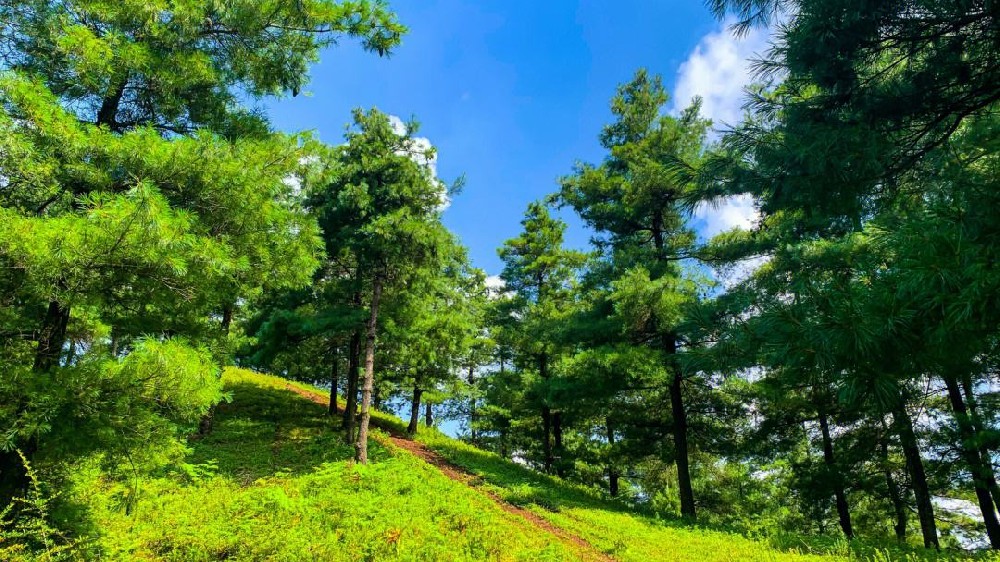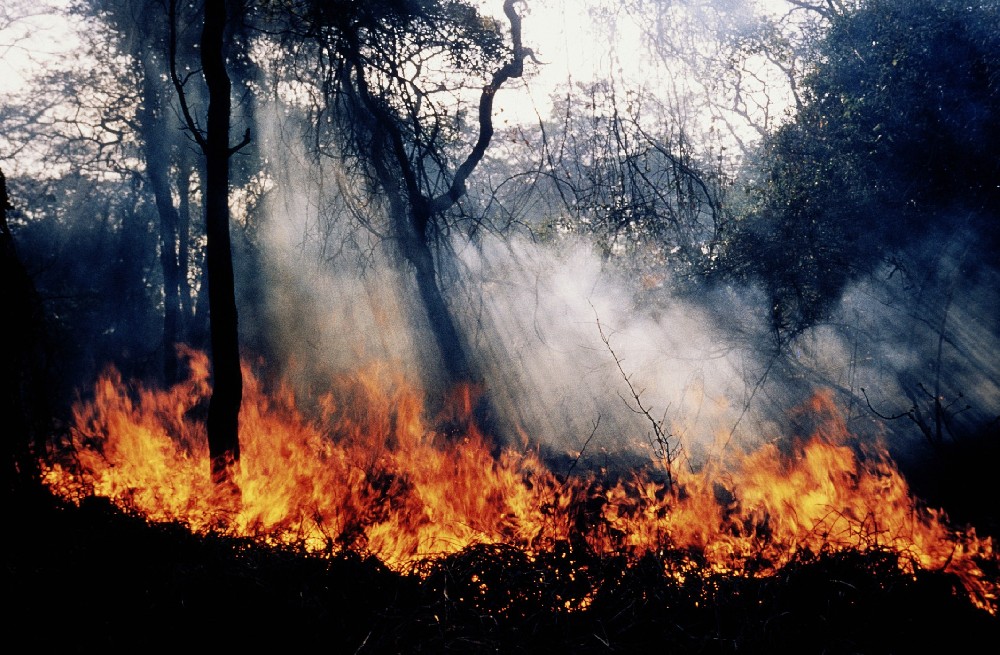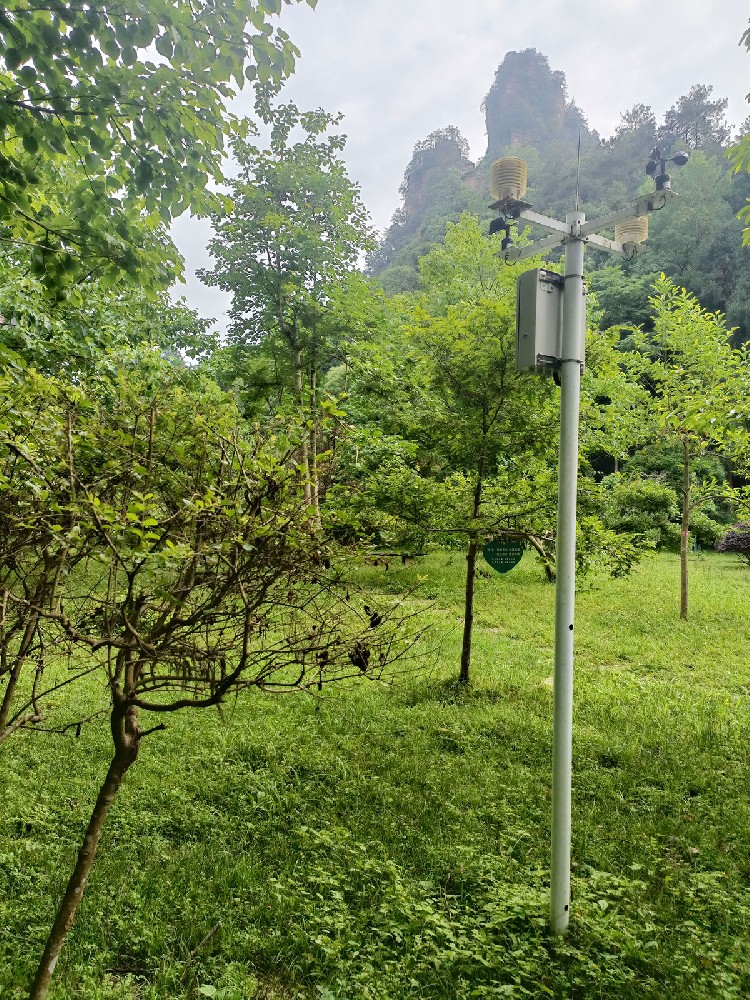

— Blogs —
—Products—
 Consumer hotline +8618073152920
Consumer hotline +8618073152920 WhatsApp:+8615367865107
Address:Room 102, District D, Houhu Industrial Park, Yuelu District, Changsha City, Hunan Province, China
Product knowledge
Time:2025-11-17 09:39:46 Popularity:142
With the increasing demand for forest resource protection, forest fire risk weather stations have become indispensable equipment for forestry departments and protection units. They enable real-time monitoring of various meteorological elements such as wind speed, wind direction, rainfall, temperature, humidity, and radiation, providing precise data for fire risk assessment and forestry management.
Selecting and using a forest fire risk weather station requires focus on two key aspects: monitoring element configuration and manufacturer selection.

Forest fire risk weather stations can monitor up to a dozen meteorological elements, including wind speed, wind direction, rainfall, atmospheric pressure, temperature, humidity, radiation, etc. Not all elements need to be configured; determine specific items based on regional climate, forest type, and fire prevention needs. For example:
- High fire risk arid areas: Prioritize wind speed, wind direction, temperature, humidity, and rainfall.
- Wet rainy season areas: Add atmospheric pressure and soil moisture monitoring for tree growth analysis.
Choosing appropriate configurations not only reduces equipment costs but also ensures data relevance and practicality.
The market offers numerous forest fire risk weather station manufacturers with varying product specifications, materials, and models. To ensure quality and long-term stable operation, select products from reputable large manufacturers, such as NiuBoL, with over 10 years of experience in weather station R&D and manufacturing: providing high-precision, weather-resistant, unattended professional equipment. Avoid low-cost inferior products that may compromise monitoring effectiveness and data reliability.

- Over 10 years of weather station R&D and manufacturing experience
- High-precision sensors and highly integrated acquisition modules
- Reliable weather-resistant design adaptable to extreme field environments
- Comprehensive pre-sales consultation, installation training, and after-sales service
Avoid pursuing low prices at the expense of quality, which can affect data accuracy and long-term operation.
Forestry weather stations are not only core tools for fire prevention warnings but also vital infrastructure for forest ecological protection and scientific research. Their main values include:
Real-time collection of wind speed, wind direction, temperature, humidity, and other data to calculate fire risk levels via fire risk index models.
During high fire risk periods, forestry departments can pre-deploy personnel, patrol routes, and fire prevention measures.
Automatic alarm functions notify relevant personnel via SMS or cloud platform, enabling unattended remote management.
Scientifically schedule afforestation, tending, and irrigation based on temperature, humidity, soil moisture, etc.
Long-term monitoring in ecologically sensitive areas assesses human activity impacts on ecosystems and optimizes vegetation restoration plans.
Data supports ecological restoration projects, such as species selection and site condition optimization.
Provides long-term observational data for forestry research to analyze climate change effects on forest ecosystems.
Supports forestry policy formulation and resource planning for sustainable forest development.
Offers basis for optimizing fire risk warning and forestry management models.

Wind speed/direction, temperature/humidity, rainfall, and other sensors exhibit excellent dynamic characteristics with minimal measurement errors.
- Wind speed: ±0.3 m/s
- Wind direction: ±2°
- Rainfall resolution: 0.2 mm/event
- Temperature/humidity: ±0.2°C / ±2% RH, fast response, superior dynamic performance
Equipment uses highly integrated acquisition modules for stable operation in complex field environments.
Unattended and Remote Monitoring
Supports IoT access and cloud data transmission for real-time remote monitoring and alarms.
Large local storage capacity for extended recording of meteorological changes, providing basis for historical data analysis.
High-strength materials and protection ratings adapt to extreme environments like thunderstorms, high/low temperatures, and wind/sand.

Avoid buildings, hills, or trees that block wind speed, direction, and rainfall data accuracy.
Infrastructure Construction Inspection
Check base concrete strength and bracket stability.
Standardize power line layout with intact grounding system.
- Wind speed/direction sensors: Height above 10 meters, smooth blade rotation.
- Rainfall sensor: Level installation to avoid water accumulation or debris blockages.
- Temperature/humidity sensors: Inside louvered box, protected from direct sunlight and rain.
Regularly clean sensor dust, spider webs, and debris.
Seasonal checks on brackets, rain gauges, grounding, and power systems.
Promptly troubleshoot data anomalies; contact manufacturer if needed.
Calibrate sensors every six months or per manufacturer recommendations to ensure monitoring accuracy.

Can monitor wind speed, wind direction, temperature, humidity, rainfall, atmospheric pressure, soil moisture, radiation, etc., configured based on region and needs.
Compare with historical data, cross-validate with other stations, or perform sensor calibration.
Wind speed/direction sensors recommended above 10 meters; rainfall and temperature/humidity sensors away from obstructions and level.
Prioritize reputable large manufacturers like NiuBoL with over 10 years of experience for stable, reliable products.
Supports IoT or cloud platforms for real-time data collection; anomalies trigger automatic alarms (SMS, email, APP notifications).
Quarterly inspections; monthly data anomaly monitoring for key sensors; seasonal maintenance focusing on rainy seasons, anti-freeze, and wind/sand protection.
Check equipment appearance, sensor installation, power, and wiring; contact manufacturer technical support if necessary.
High-quality sensors can operate stably for 5-10 years with regular maintenance and calibration.
Ensure complete grounding system, install lightning arresters, and secure power lines.
Forest fire risk weather stations play a critical role in forestry management, fire prevention warnings, and ecological protection. Through scientific selection, standardized installation, and regular maintenance, high-precision and real-time monitoring data can be ensured, providing reliable support for forestry departments.
NiuBoL offers professional forest fire risk weather stations along with installation and maintenance solutions, integrating IoT and cloud platform technology for unattended operation, remote monitoring, and high-precision data collection. Choosing NiuBoL equipment not only ensures accurate fire risk warnings but also supports sustainable forestry development, providing solid protection for forest resources and ecological balance.
Prev:Agricultural IoT — The Core Driving Force of Smart Agriculture
Next:Campus Weather Station — Intelligent Campus Climate Monitoring Solution
Related recommendations
Sensors & Weather Stations Catalog
Agriculture Sensors and Weather Stations Catalog-NiuBoL.pdf
Weather Stations Catalog-NiuBoL.pdf
Related products
 Combined air temperature and relative humidity sensor
Combined air temperature and relative humidity sensor Soil Moisture Temperature sensor for irrigation
Soil Moisture Temperature sensor for irrigation Soil pH sensor RS485 soil Testing instrument soil ph meter for agriculture
Soil pH sensor RS485 soil Testing instrument soil ph meter for agriculture Wind Speed sensor Output Modbus/RS485/Analog/0-5V/4-20mA
Wind Speed sensor Output Modbus/RS485/Analog/0-5V/4-20mA Tipping bucket rain gauge for weather monitoring auto rainfall sensor RS485/Outdoor/stainless steel
Tipping bucket rain gauge for weather monitoring auto rainfall sensor RS485/Outdoor/stainless steel Pyranometer Solar Radiation Sensor 4-20mA/RS485
Pyranometer Solar Radiation Sensor 4-20mA/RS485
Screenshot, WhatsApp to identify the QR code
WhatsApp number:+8615367865107
(Click on WhatsApp to copy and add friends)
